![Microsoft Forefront UAG Mobile Configuration Starter [Instant]](https://platform-permanent.ddimg.cn/pt-media-info-soa-resource/digital/product/24/87/1900482487_ii_cover.jpg?version=0015800a-9284-44a4-8d90-e682d496a761)
Microsoft Forefront UAG Mobile Configuration Starter [Instant]
¥50.13
Get to grips with a new technology, understand what it is and what it can do for you, and then get to work with the most important features and tasks. A no-nonsense Starter guide, designed to give you maximum guidance with minimum fuss. This book is written for system administrators, I.T. professionals, unified communication technicians, and decision makers, in general. No knowledge of UAG is required to understand the book and start setting up UAG immediately.
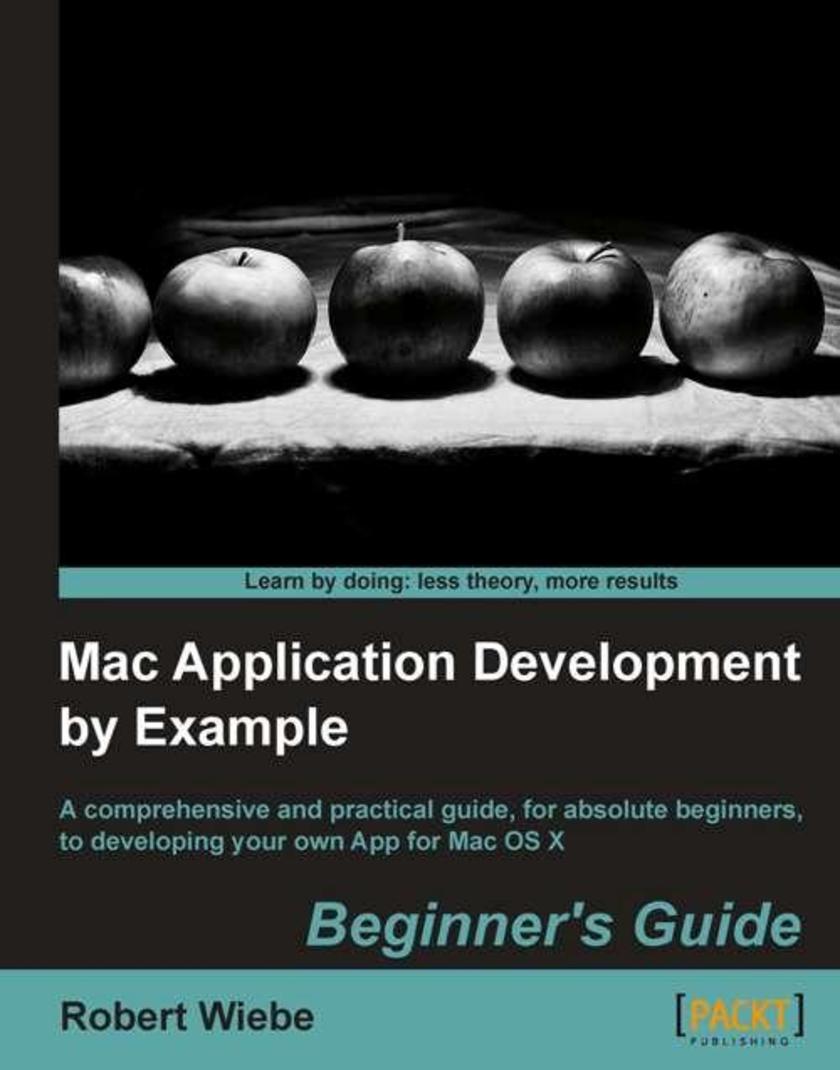
Mac Application Development by Example: Beginner's Guide
¥80.65
This book is a beginners guide that teaches the topic using a learn by example method. This book is for people who are programming beginners and have a great idea for a Mac OS X app and need to get started.
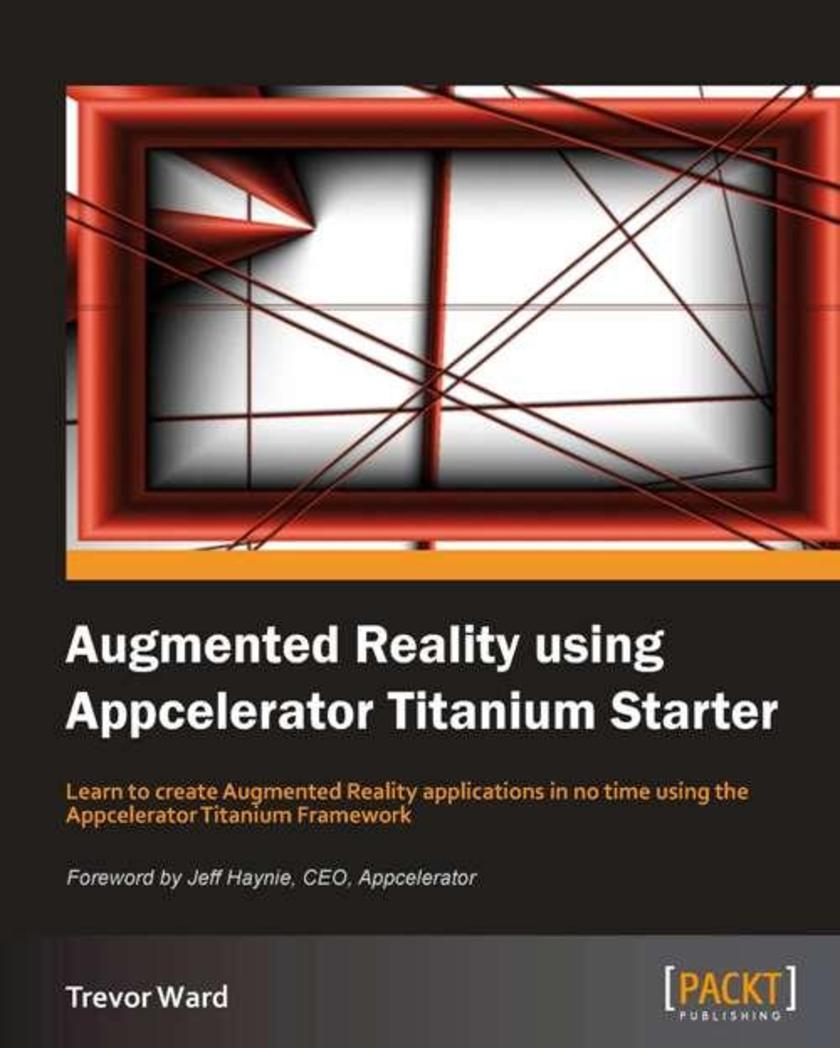
Augmented Reality using Appcelerator Titanium Starter
¥35.96
It's a quick start tutorial to help you get started with creating Augmented Reality applications and acquainting yourself with essential aspects of creating AR applications using the Appcelerator Titanium Framework. The instructions are clear with easy to follow examples. This book is for anybody who wishes to understand how to build an Augmented Reality Application. It uses the Appcelerator Titanium mobile development framework, but the techniques and practices can be applied to other frameworks and native code. You will need to have a good working knowledge of development and JavaScript, it is not aimed at the beginner.
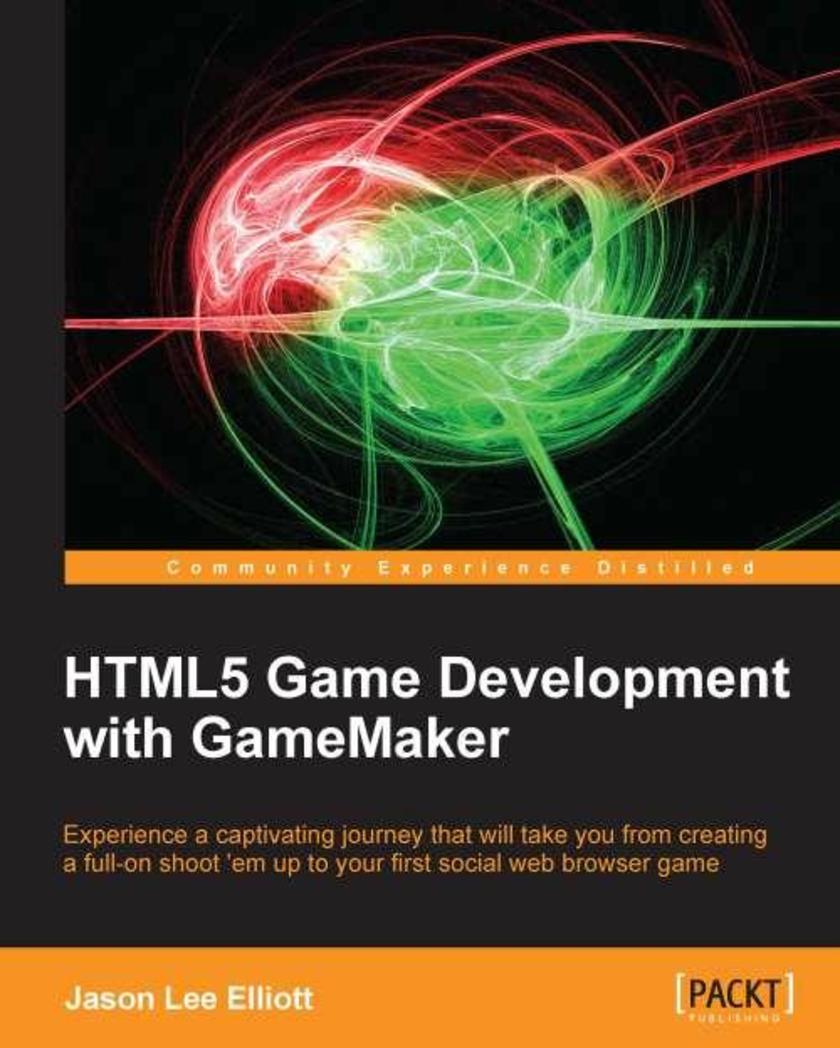
HTML5 Game Development with GameMaker
¥80.65
The book is a friendly but explosive reference for all skill levels, with several action packed projects. You will develop the ability to build games from scratch with a comprehensive practical tutorial guide. This book is assured to boost your skill set to another level. This book is for anyone with a passion to create fun and action packed web browser games using GameMaker Studio. This intuitive practical guide appeals to both beginners and advanced users wanting to create and release online games to share with the world, using the powerful GameMaker tool.
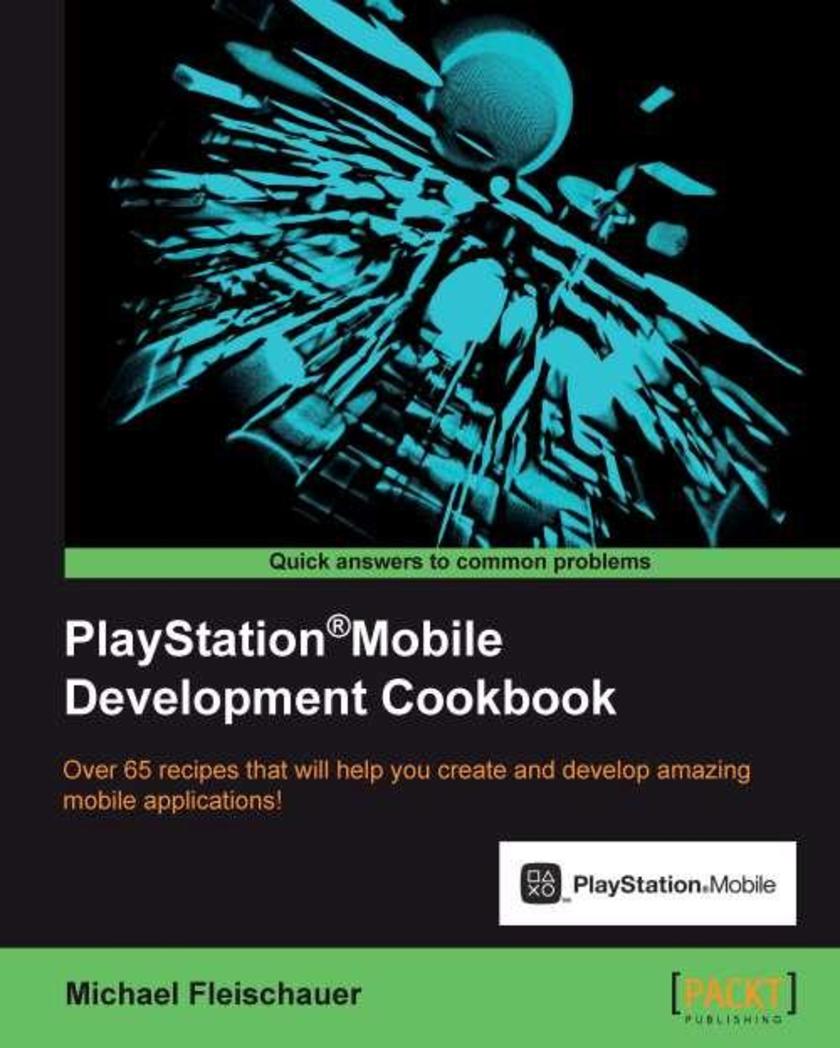
PlayStation?Mobile Development Cookbook
¥90.46
Written as a series of engaging and practical recipes, this essential Cookbook has been meticulously designed and reviewed in order to provide you with the ultimate reference for PlayStation?Mobile development. If you've got some prior experience with C# and want to create awesome projects for the PlayStation?Vita and PlayStation?Certified devices, then this book is for you.
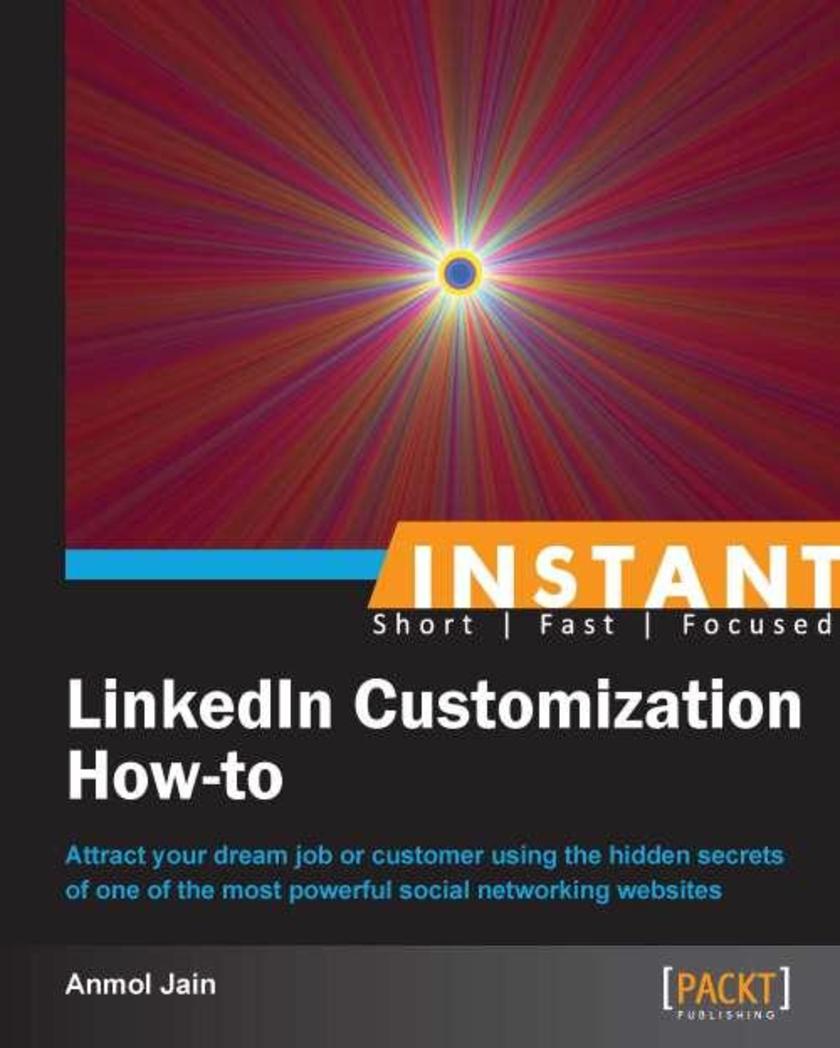
Instant LinkedIn Customization How-to (MnM)
¥35.96
Filled with practical, step-by-step instructions and clear explanations for the most important and useful tasks. Get the job done and learn as you go. Step-by step application of the features of LinkedIn provides a good grounding in creating effective résumés and optimizing your search. If you’re looking for a job, genuinely interested in expanding your lifelong professional network, or simply want to learn about the tips and tricks of LinkedIn, then this is the right book for you.
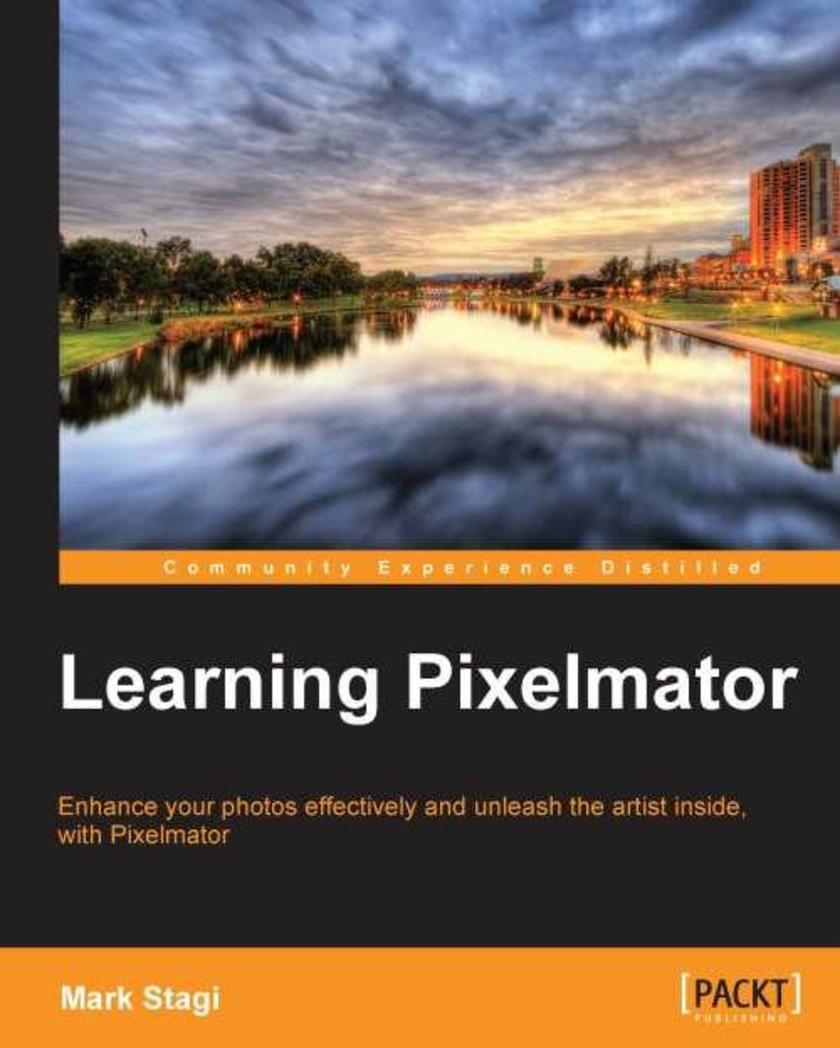
Learning Pixelmator
¥45.77
A fast paced, example driven approach to learning Pixelmator. Learning Pixelmator is great for photographers of any level who are looking to learn to take advantage of Pixelmator to edit images. Without any prior knowledge of image editing software needed, we will start with the basics and move onto more advanced image editing techniques. No matter what your current artistic level is, this book will give you the power to unleash the artist within!
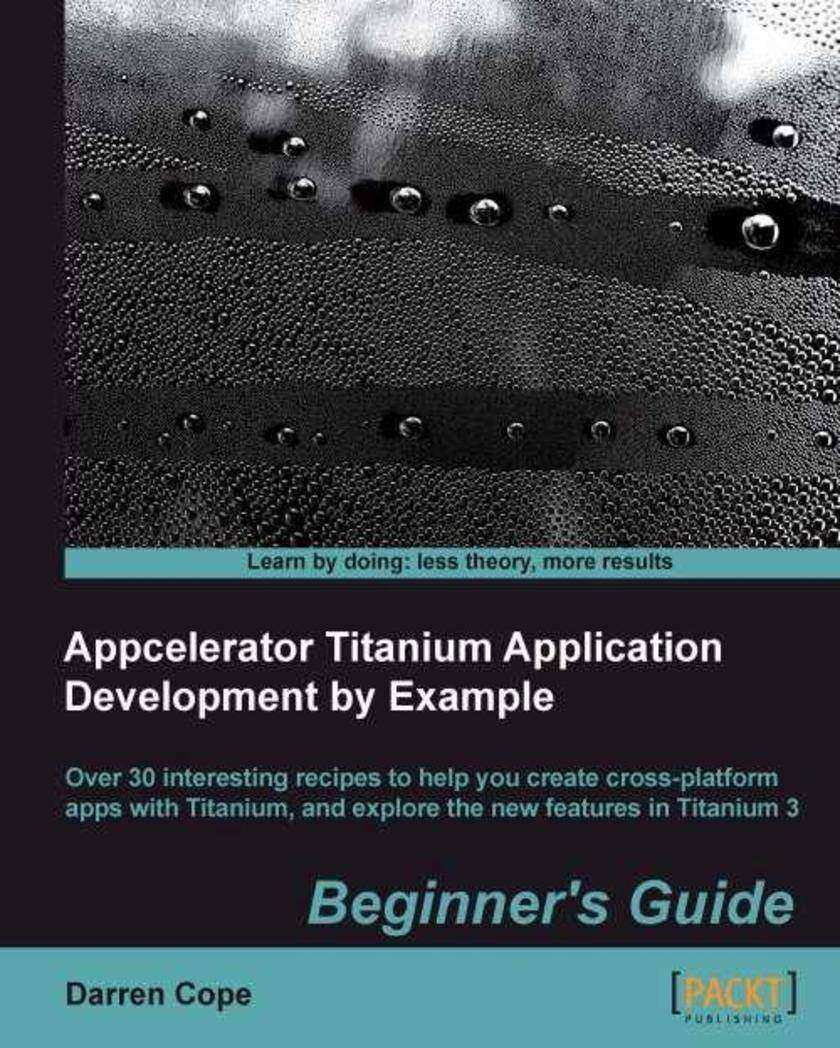
Appcelerator Titanium Application Development by Example Beginner’s Guide
¥90.46
"Appcelerator Titanium Application Development by Example Beginner's Guide" is an example-driven tour of the language that guides you through all the stages of app design. The style is relaxed and friendly whilst remaining concise and structured. If you are new to this technology or curious about the possibilities of Appcelerator Titanium then this book is for you. If you are a web developer who is looking for a way to craft cross-platform apps, then this book and the Titanium language is the choice for you.

Raspberry Pi for Secret Agents
¥54.49
A playful, informal approach to using the Raspberry Pi for mischief! Raspberry Pi for Secret Agents is for all mischievous Raspberry Pi owners who’d like to see their computer transform into a neat spy gadget to be used in a series of practical pranks and projects. No previous skills are required to follow along and if you’re completely new to Linux, you’ll pick up much of the basics for free. Apart from the Raspberry Pi board itself, a USB microphone and/or a webcam is required for most of the audio/video topics and a Wi-Fi dongle is recommended for the networking examples. A Windows/Mac OS X/Linux computer (or second Raspberry Pi) is also recommended for remote network access.
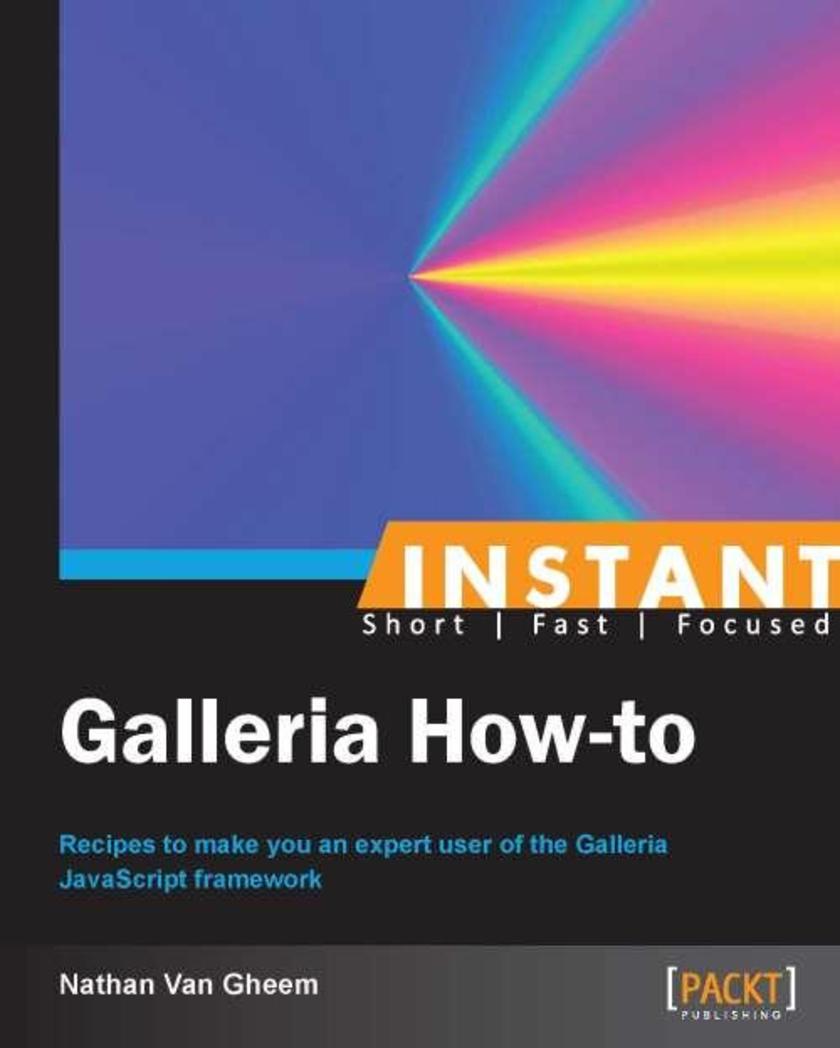
Instant Galleria How-to
¥35.96
Get to grips with a new technology, understand what it is and what it can do for you, and then get to work with the most important features and tasks. This is a how-to book with practical recipes to make you an expert user of Galleria. This book is for Java* developers and designers looking to learn how to create beautiful galleries for their web projects. It’s assumed you know some JavaScript, JQuery, HTML, and CSS. Readers are expected to have images available to use with the galleries, a text editor, and a modern web browser to develop with.

Instant RESS Implementation: How To
¥41.41
Filled with practical, step-by-step instructions and clear explanations for the most important and useful tasks .Written with developers in mind this guide will show you how to make use of RESS using easy to follow examples and step by step solutions. Using PHP, HTML5, JavaScript and CSS this book will give you a solid foundation in RESS. You will need to have a good grasp of these languages as the techniques used are advanced.
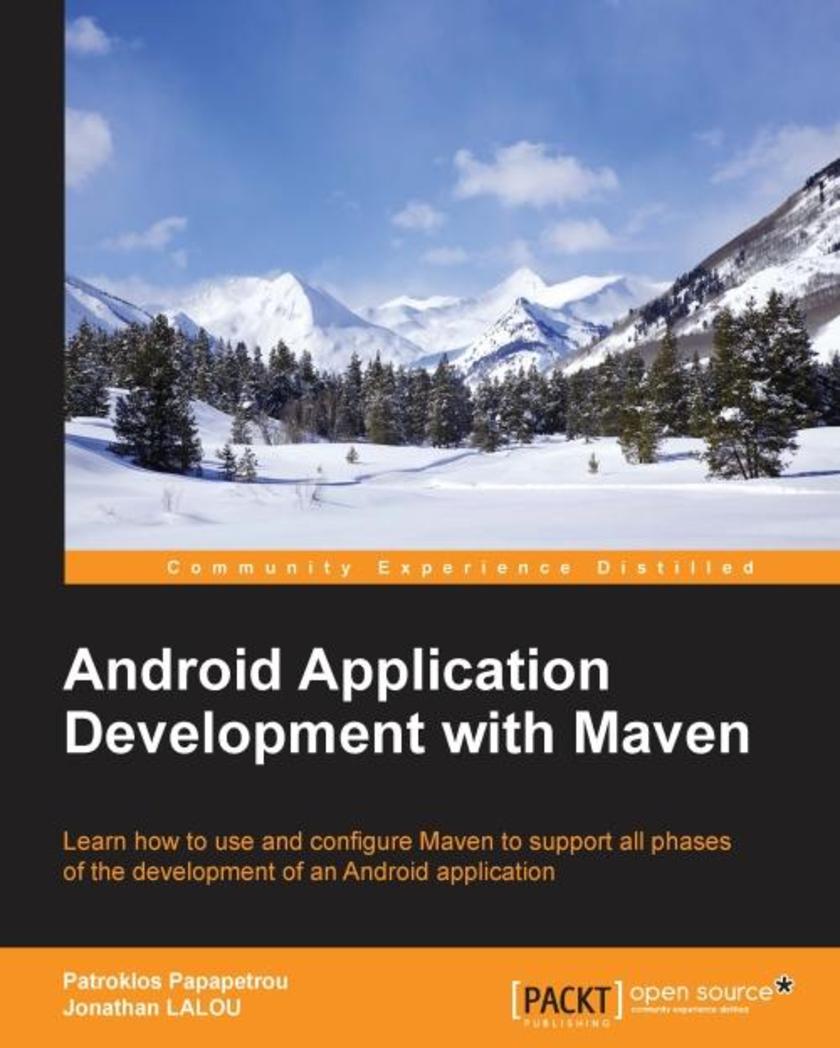
Android Application Development with Maven
¥54.49
Android Application Development with Maven is intended for Android developers or devops engineers who want to use Maven to effectively develop quality Android applications. It would be helpful, but not necessary, if you have some previous experience with Maven.
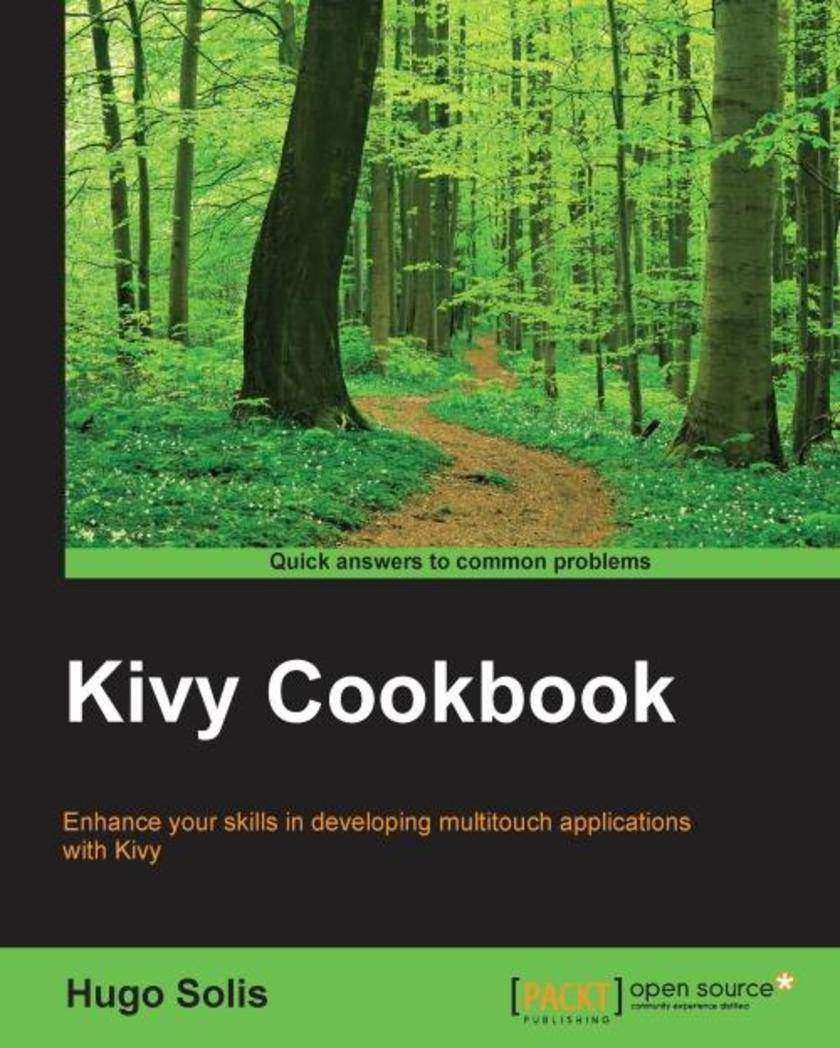
Kivy Cookbook
¥90.46
This book is intended for developers who want to use features of the Kivy framework and develop multitouch applications. Prior experience with Kivy is not required although familiarity with Python is expected.
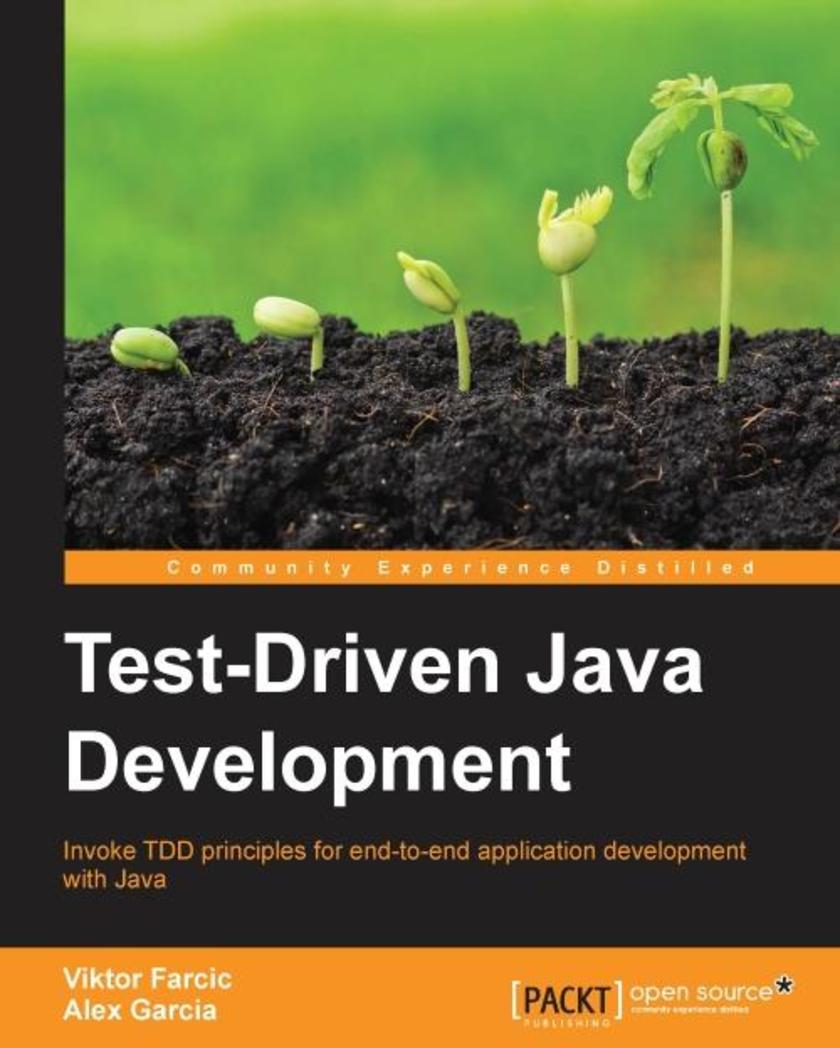
Test-Driven Java Development
¥90.46
If you're an experienced Java developer and want to implement more effective methods of programming systems and applications, then this book is for you.
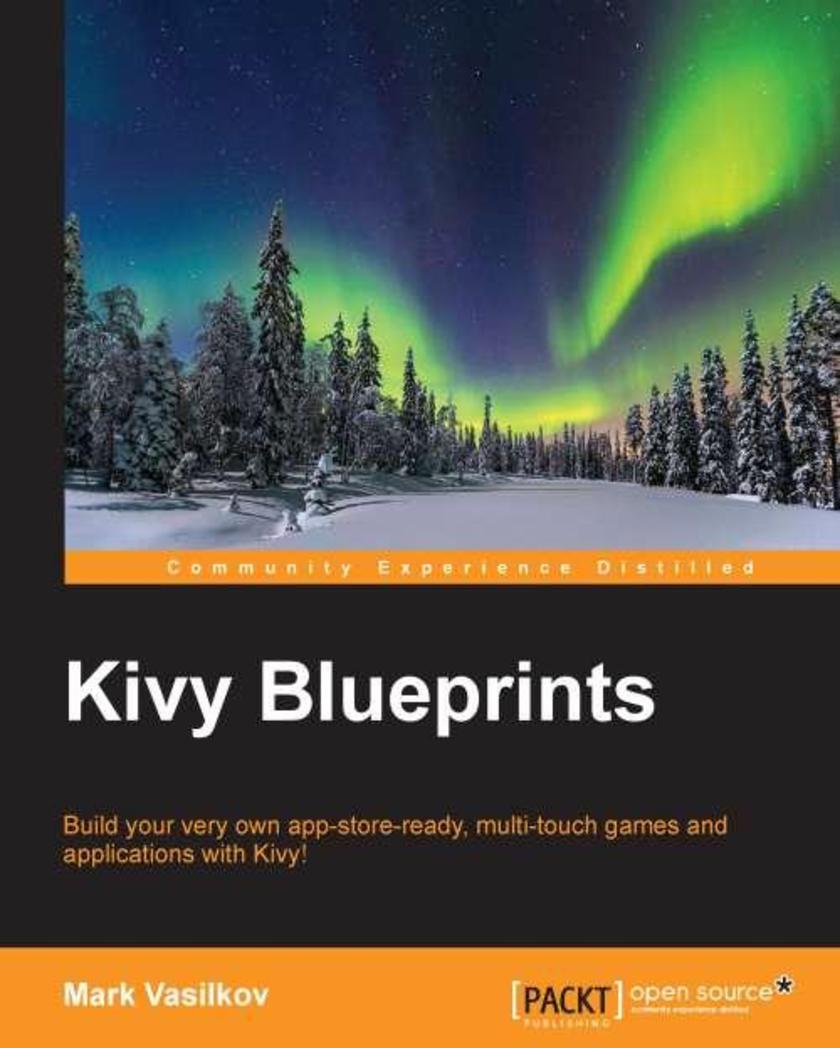
Kivy Blueprints
¥80.65
This book is intended for programmers who are comfortable with the Python language and who want to build desktop and mobile applications with rich GUI in Python with minimal hassle. Knowledge of Kivy is not strictly required—every aspect of the framework is described when it's first used.
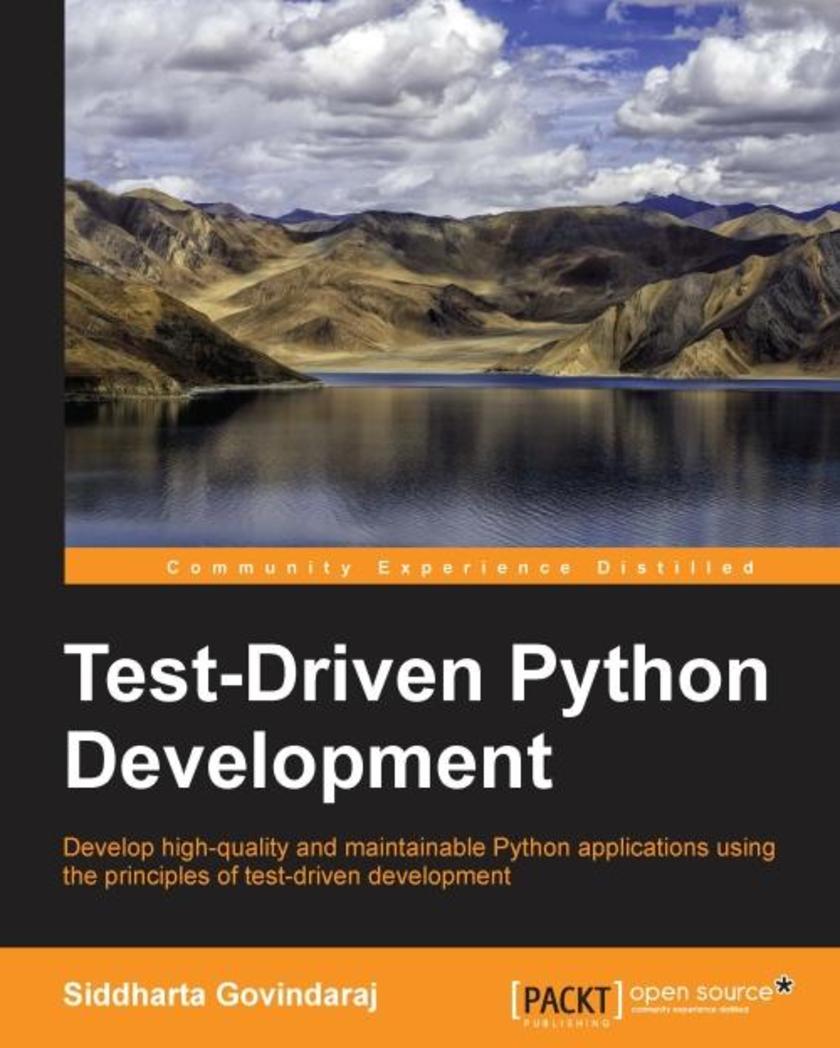
Test-Driven Python Development
¥90.46
This book is intended for Python developers who want to use the principles of test-driven development (TDD) to create efficient and robust applications. In order to get the best out of this book, you should have development experience with Python.
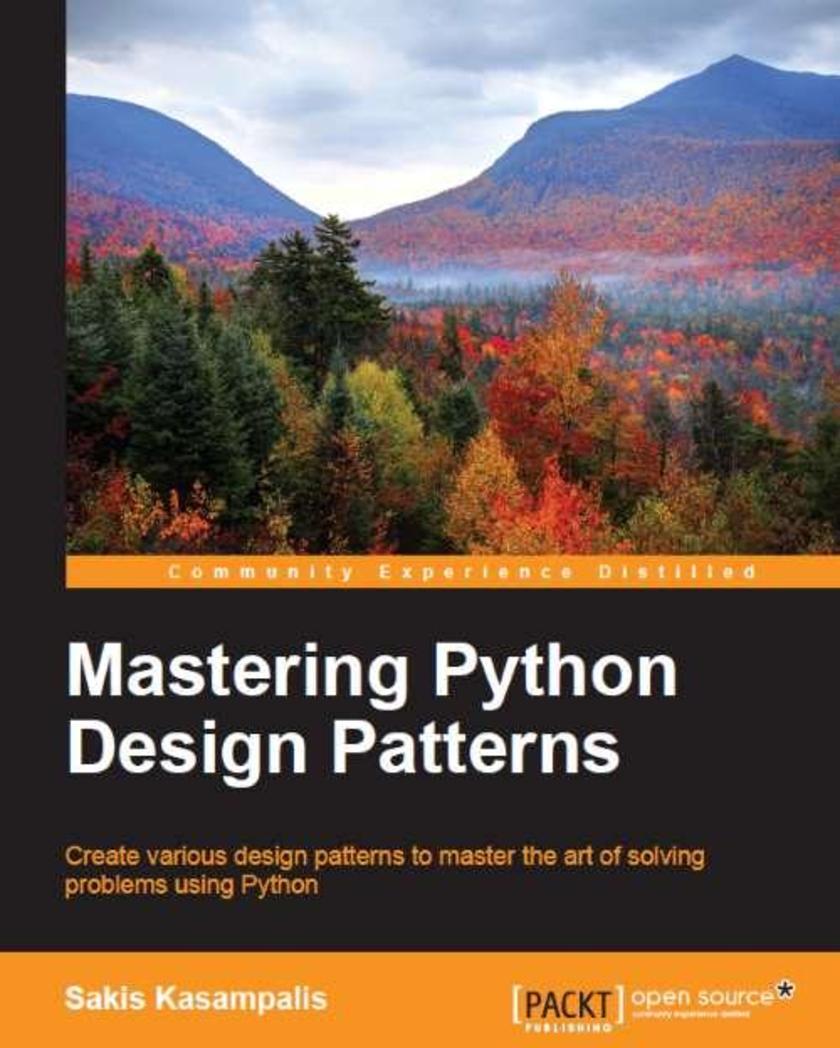
Mastering Python Design Patterns
¥80.65
This book is for Python programmers with an intermediate background and an interest in design patterns implemented in idiomatic Python. Programmers of other languages who are interested in Python can also benefit from this book, but it would be better if they first read some introductory materials that explain how things are done in Python.
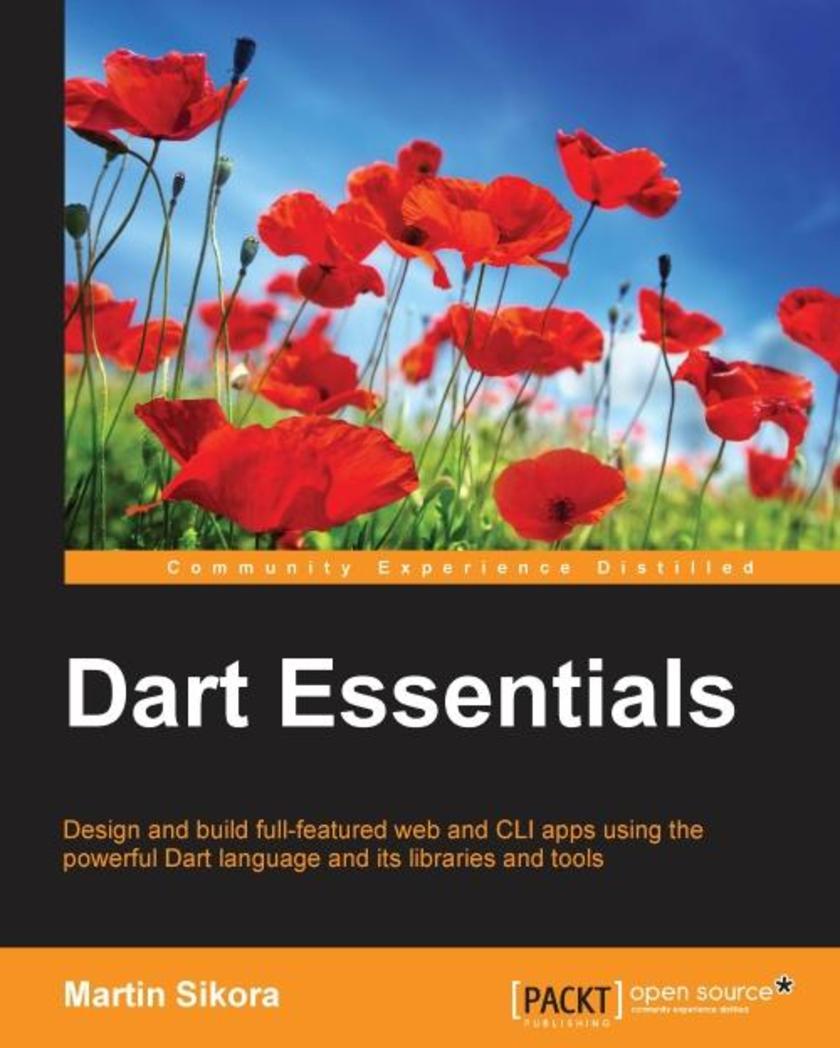
Dart Essentials
¥54.49
This book is targeted at expert programmers in JavaScript who want to learn Dart quickly. Some previous experience with OOP programming in other languages and a good knowledge of JavaScript are assumed.

BeagleBone Media Center
¥45.77
Whether you are a hobbyist or a professional, this book will get you fully equipped to resolve the most commonly occurring media-related challenges. If you want to expand your horizons beyond lighting an LED and push the limits of your board, this is just the book for you. Working knowledge of BeagleBone is assumed.

GameMaker Essentials
¥45.77
This book is for users experienced with game development who now want to learn how to develop games in GameMaker: Studio in a fast-paced way.
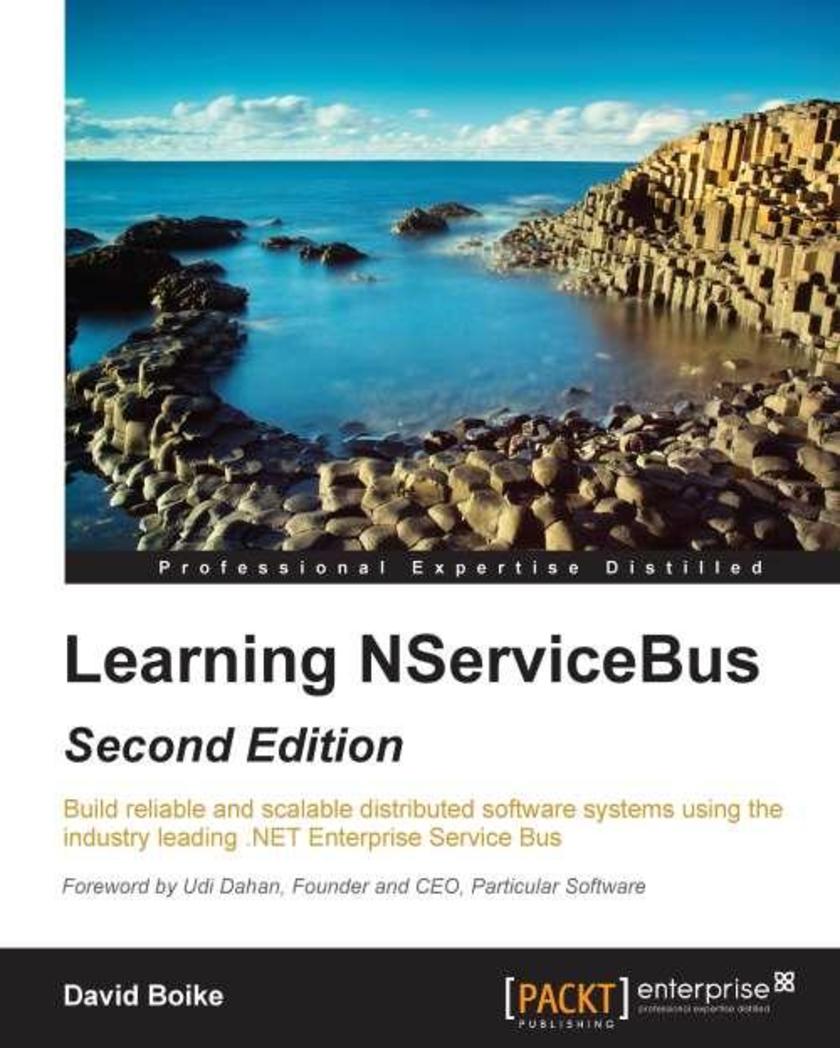
Learning NServiceBus - Second Edition
¥54.49
If you are a .NET developer who wants to eliminate the problems related to defective third-party web service integration or batch job failures, then this is the book for you. It is also perfect for those of you who are new to NServiceBus and service-oriented architecture and would like to learn how you can streamline all of your development efforts.




 购物车
购物车 个人中心
个人中心



